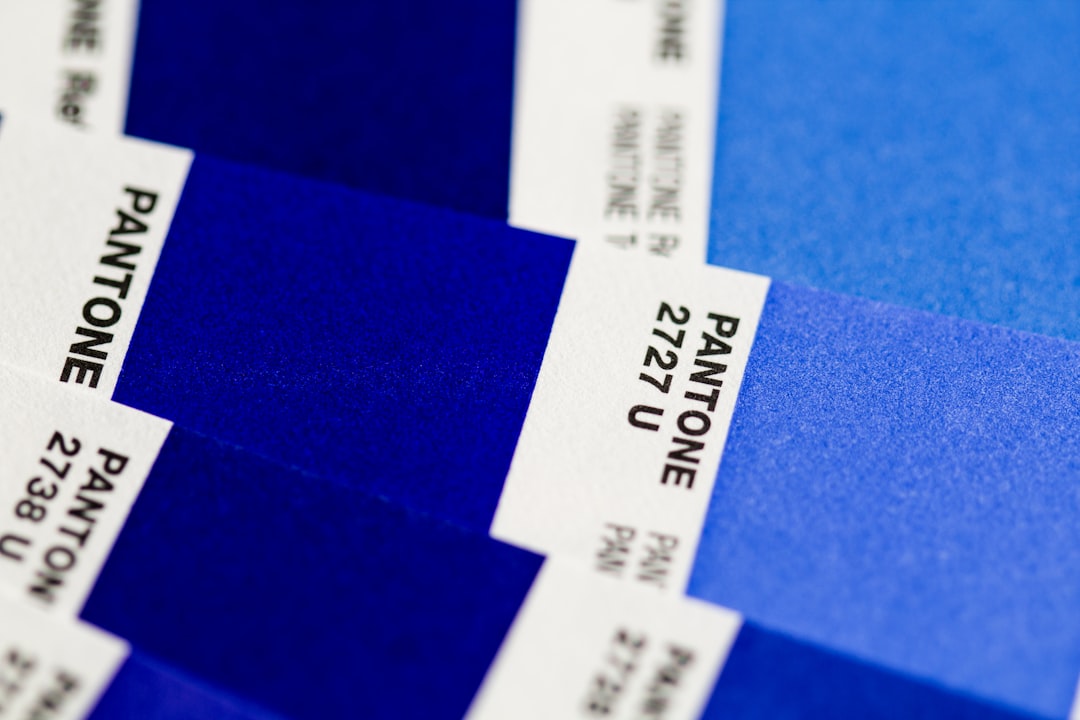When it comes to promoting your brand, networking efficiently, and leaving a lasting impression, business cards continue to play a vital role. Whether you’re a small business owner, a freelancer, or a corporate professional, understanding the cost of business cards can help you budget properly and make informed design and printing decisions.
What Influences the Cost of Business Cards?
The price of business cards can vary widely depending on a number of important factors. On the low-end, you might pay as little as a few dollars for basic cards, while premium options can cost hundreds. Below are some of the most common elements that impact pricing:
- Quantity: Generally, the more cards you order, the lower the price per card. Bulk orders often offer significant discounts.
- Paper Quality: Standard stock is cheaper, but opting for thicker or textured card stock will increase costs.
- Finish and Coating: Glossy, matte, or soft-touch finishes add style but also raise prices. Specialized coatings like UV or spot gloss tend to be more expensive.
- Color and Design: Full-color printing costs more than black-and-white. Custom designs or multiple templates might also add to the expenses.
- Printing Method: Digital printing is cost-effective for short runs, while offset printing is better for bulk but pricier upfront.
- Customization: Embossing, foil stamping, die-cutting, and other unique effects increase both the visual appeal and the cost.
Average Price Ranges
To give you a clearer idea of what you might spend, here’s a breakdown of the typical cost brackets for various types of business cards:
- Basic Business Cards: $10 – $30 for 100 to 250 cards.
- Standard Quality Custom Cards: $30 – $70 for 250 to 500 cards.
- Premium Business Cards: $80 – $200+ depending on finishes and paper quality.
- Luxury and Specialty Cards: $200 and above for 100 cards using high-end materials or design processes.
These prices often include basic front-and-back printing. However, keep in mind that opting for add-ons like a custom logo, QR codes, or special textures will require a larger budget.

Where You Purchase Matters
Another significant factor in the cost of your business cards is where you choose to purchase them. Different platforms and providers offer varying levels of quality, customization, and pricing structures:
- Online Print Services: Websites like Vistaprint, Moo, and GotPrint are popular and provide competitive rates with user-friendly templates.
- Local Print Shops: While they may be more expensive, local printers often offer personalized service and higher attention to detail. For businesses and individuals needing immediate, on-location printing capabilities, investing in portable printers offers a flexible and rapid alternative for small-scale jobs.
- Graphic Designers: Hiring a professional designer for a unique look will add to the upfront cost but can enhance your brand image significantly.
Some providers even offer bundled services, including design, printing, and even shipping, which can provide better value while minimizing hassle.
Digital vs. Physical Business Cards
In recent years, digital business cards have emerged as a convenient and eco-friendly alternative. While they typically involve a one-time setup fee or app subscription, they can be reused indefinitely, which could make them more economical in the long run. That said, physical business cards still offer a tactile, memorable experience that digital versions can’t fully replicate.
It’s wise to consider your industry and target audience before deciding which format suits your needs best.

Tips for Saving Money
If you’re on a budget but still want professional-looking business cards, here are a few tips to help reduce your expenses without compromising quality:
- Order in Bulk: The more you print, the lower your cost per card.
- Choose Standard Sizes: Custom sizes cost more and may require special cutting or handling.
- Avoid Unnecessary Upgrades: Stick with a simple, elegant design to keep costs in check.
- Use Templates: Many online services offer free design tools and templates that look professional and save you the expense of hiring a designer.
Final Thoughts
Business cards can cost anywhere from $10 to over $200, depending on your needs and preferences. Understanding the factors that influence price—from materials and design to print methods and quantity—can help you make smarter choices and allocate your marketing budget effectively.
Ultimately, your business card isn’t just a piece of paper; it’s a tangible reflection of your brand. Investing in quality where it matters can go a long way in establishing credibility and opening new professional doors.
I’m Sophia, a front-end developer with a passion for JavaScript frameworks. I enjoy sharing tips and tricks for modern web development.
